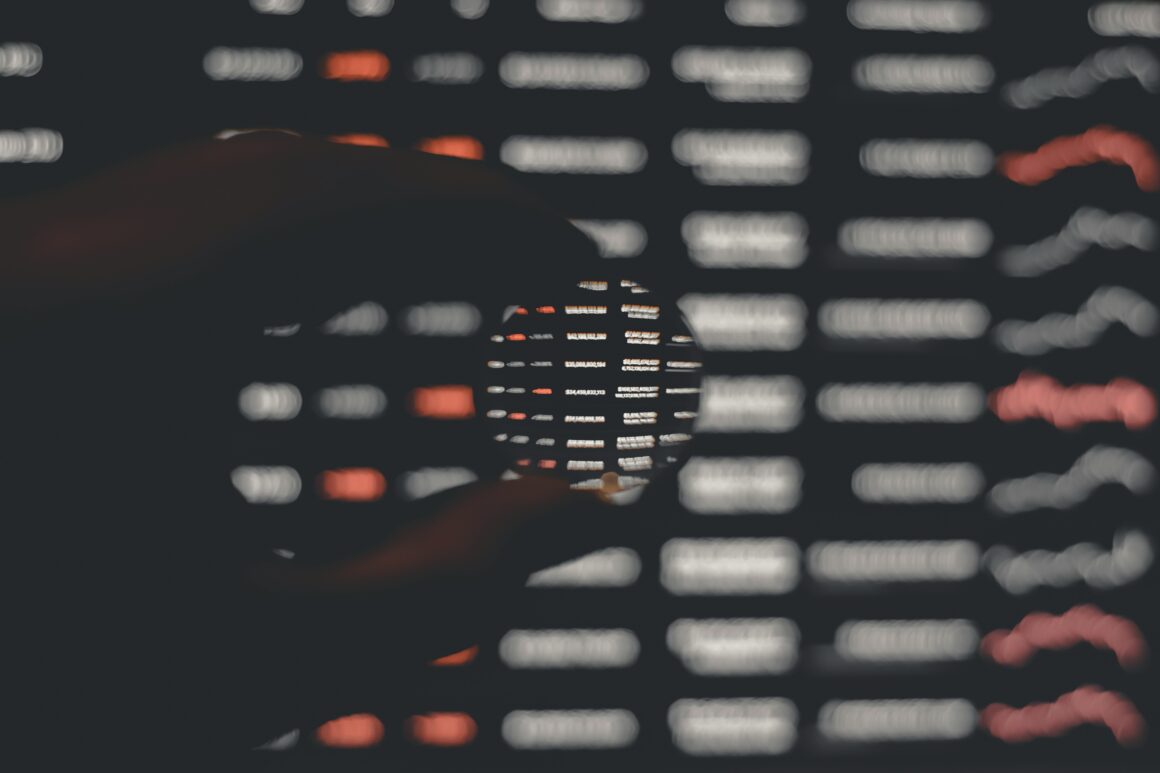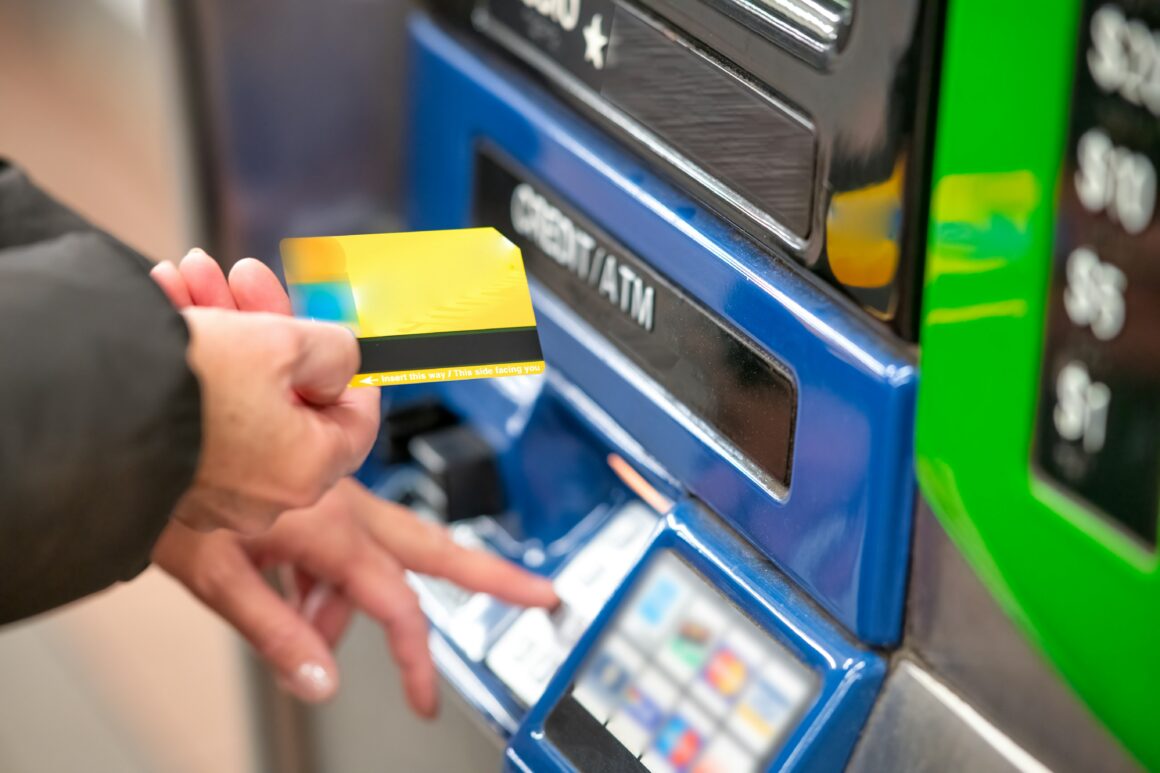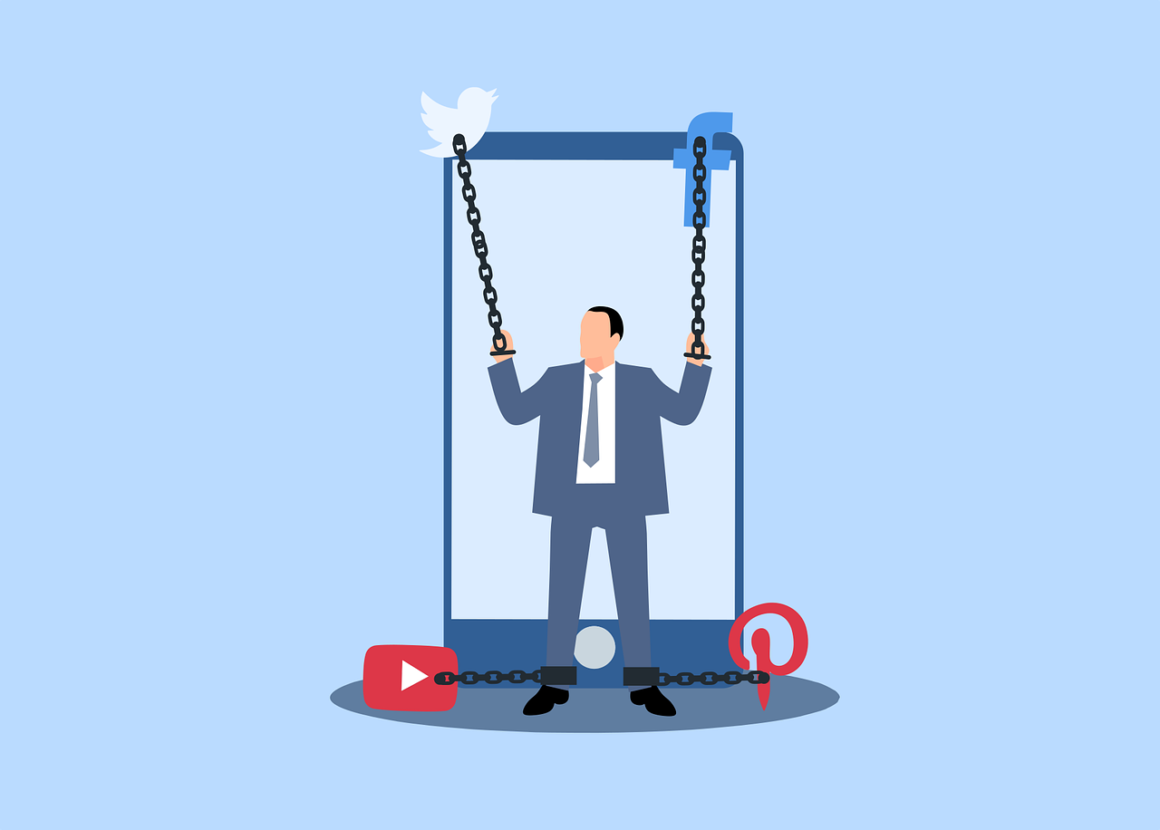If there’s anything learned from the action of today’s government, it’s that the power of working together to create grand movements and to unify our communities is something that provides so much strength in a time of political disorder.
Individuals that believe in creating positive change do this to keep fighting for a country that seeks justice for all beings, not just ones that oversee the problems at hand with privilege and ignorance.
There are issues we should pay attention to, and I took a disposable camera along with me during the inauguration to capture what was happening around me, because there was all kinds of emotion. It’s so important to open yourself up to feeling and understanding what others are experiencing even if you are put in a situation where you disagree.
Before I reflect on the past events, in which I witnessed both violent and nonviolent action, I want to make it clear that I am a white woman and I am aware of my privilege. With that being said, I also think that as a young adult, and as a woman, it is my duty to participate in the loud, unapologetic statement that millions of Americans are making.
Throughout this rollercoaster of events, it made me realize that it’s important to be vocal and to stop stooping my views to those that don’t necessarily agree with me just to create a rose-colored-glasses kind of unity.
There is still so much wrong with the way society views marginalized groups and contentious issues, and along with many, I have chosen not to pretend that it’s not a problem.
I present this story from my point of view, and I don’t have sources to back up quotes because they are events that I recall as if I’m telling a story, however, it would be unethical to make these events up.
This presentation acts as a raw experience of the things I saw and felt – but I understand that feelings can sometimes have unforeseen bias.
I woke up around 5:00 A.M. on January 20, 2017 in Maryland, the day of Donald Trump’s presidential Inauguration.
Getting to the Metro was easy – absolutely no traffic. When I got onto the train, there were probably about ten people in “Make America Great Again” hats, scarves, or something red and white that placed value on the idea of a Trump presidency. But it wasn’t crowded, instead I had two seats to myself as I awkwardly looked at the floor of the Metro car.
The entire time I was genuinely afraid to make any kind of eye contact to the surrounding group. I felt like they were silently judging me, because I was dressed in colorful thrifted garb, ideally not looking like any kind of Trump supporter – or at least anyone sitting on the Metro that day. It was uncomfortable for myself, a liberal lady, to be sitting across from a white man that was very much Republican and excited about a day that I wasn’t thrilled with.

I met up with John, my friend and fellow University of Maryland classmate, who was going to protest with me that morning. He sported a Bernie Sanders shirt which clearly represented part of the protesting resistance. We definitely knew who was a supporter and who wasn’t, when someone said something mean to us under their breath, as John and I walked through the checkpoint by the Trump Hotel near 12th Street. We laughed the comment off.
At one point John turned to me and said: “I’d like to see one black Trump supporter,” as a means of indicating that there was a sea of white and hardly any people of color sprinkled within the audience we were milling about, besides the groups of protestors that reflected more diversity. I kid you not, upon hearing this remark, a white man with a white Trump hat turned around and slyly said with a sarcastic grin: “I’m black.” He then turned and walked away. I just stared him down in disbelief, biting my water bottle, trying not to yell. In my head I just wanted to scream: “Where?!” It was an uncalled-for response to make, and that moment showcased incredible ignorance.

I wish I could speak differently on what I experienced, but I felt like I was on a different planet. D.C. felt like an uncrowded colony of cold shoulders. There was no expression of intersectionality nor empathy.
The protesters were spread throughout the street towards the Capitol and were chanting: “Black Lives Matter!” every so often, or: “Immigrants are welcome here!” while Trump supporters taunted protesters saying they couldn’t do anything about Trump or quipping back with “Blue Lives Matter!” and ignoring all the societal movements the protesters were standing up for. It seemed like not one Trump supporter there knew what the Black Lives Matter movement truly represented, or really cared to interpret the message of the concerns that protesters shouted very vehemently.
Seeing all of this made me feel really depressed and divided among people that looked like me. It’s obvious that the protesting resistance cannot do anything about the incoming presidency, but it’s important to let the media know that many people are not happy with what’s going on. Protesting makes this statement to media outlets so that the world has a way of knowing that people in disapproval aren’t idly sitting by.

Later, I ventured off to 13th and K Streets, where I heard from another friend that people were starting to riot. I missed the destruction of a Starbucks, but found a group of people in favor of legalizing weed, as a marijuana joint was passed around a circle near a line of armed police. A male with a megaphone was passing the audio device around to other individuals so they could openly express their concerns.

Many people sported gas masks and bandannas to protect their faces from mace and tear gas. There was even some aftermath – a few trashcans that had been lit on fire. This kind of action can bring up controversy in the grand scheme of protesting: some people are wary of destructive behavior because of the wrong kind of attention it displays in the media, but there are others in favor of it because they put in perspective that broken property can be fixed in a matter of weeks, but an oppressed individual’s rights cannot.
Even though views on violence in cases like these stir up the media’s perception, both the peaceful and aggressive sides aim to accomplish the same goal in different responses – even though destructive behavior is more consequential over maintaining peace.

I met a few individuals from Indiana who traveled down to D.C. for the Women’s March and Inauguration Protest, and I helped them hold a sign at some point along the way that said: “I wanna contribute to the chaos, I don’t wanna watch and then complain,” which are lyrics from a song called “Twin Size Mattresses,” by the band The Front Bottoms. The lyrics were definitely fitting for the occasion that I was settled into.

In the process of peacefully protesting, I was also able to make some cool new activist friends. We stood far enough away, but witnessed a limo catch fire and almost explode, as well as watching as police dropped several more rounds of tear gas onto onlookers and rioters.

My group only coughed on some of the gas, but luckily we weren’t severely affected. Medics were around the area to help those afflicted, and I observed an older Asian man getting help from a nurse because he had been hit with tear gas.

This was 30 days ago, and the days from this moment will continue to go by.
Remember that the chaos, the concern, the pain, and the reaction leaves an important message behind of the vitality of activism and being aware in your communities. Change can be implemented in small doses. People won’t always like what you do, or stand up for certain issues with you, but believing and advocating positive change is believing and advocating for a better world.
A majority of Millennials seem to tackle the important idea of incorporating a progressive outlook in the constantly changing society we live in. It’s not to say that there’s any silver lining for the chaos that recent authorities in power have created, however, it should be a wake-up call to many in terms of paying attention to how the government can actively affect a population.

A word of advice: just remember if you choose to speak out against the current government, or issues that are affecting the world globally and at home, always be intersectional. Intersectionality was a term I fully grasped in women’s studies classes I took in college. It means to be inclusive of all individuals that experience oppression, are affected racially, gender- and sexuality-wise, culturally, class-wise, and all other groups that don’t receive the same amount of privilege. This is especially important to hear from people like me — the white population of the world.
Recognize privilege, and use it respectfully and in ways to help others. It’s okay to be privileged, but it’s about knowing how to use it to create inclusive change. Don’t leave anyone behind, because they’re in this with you together, and they matter.

Photo courtesy of Teresa Johnson.




